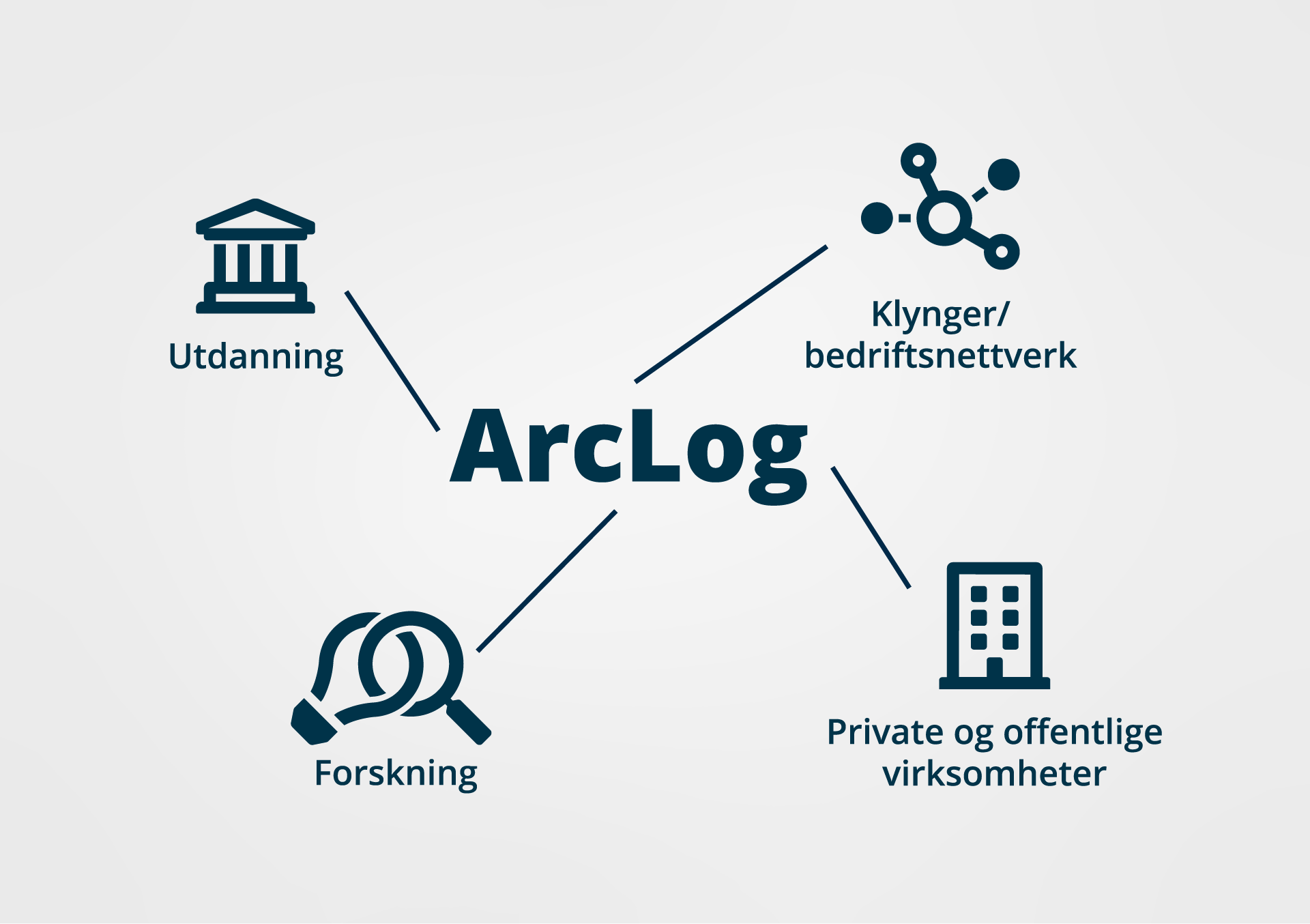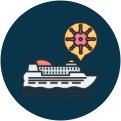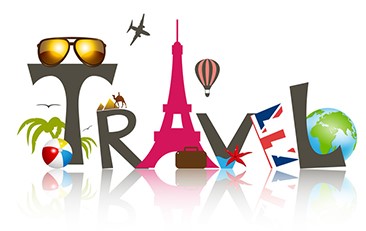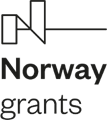GLOW 2.0 Project Learning Journey and Consortium Meeting Report
Date: February 6th - 7th
Venue: UiT Campus Narvik, Lodve Langes gate 2, room E1480
Participants: Representatives from the following organizations attended the event:
- UiT The Arctic University of Norway
- Karelia UAS
- WESTBIC
- Udaras na Gaeltachta
- SSNV
- Nordnorsk Vitensenter
- Vitensenter Nordland
- Narvik Kommune
- Visit Narvik
- SALT
Day 1: February 6th
The first day of the GLOW 2.0 Project's learning journey and consortium meeting was marked by productive discussions and insightful presentations. The consortium meeting provided an opportunity for partners to delve into the intricacies of project progression, work package presentations, and activity planning.
Throughout the morning session, each work package was examined, with partners providing valuable updates and insights into their respective areas of focus. Notably, discussions revolved around strategies to ensure seamless coordination and alignment across work packages, aiming to optimize project outcomes (See figure 1).
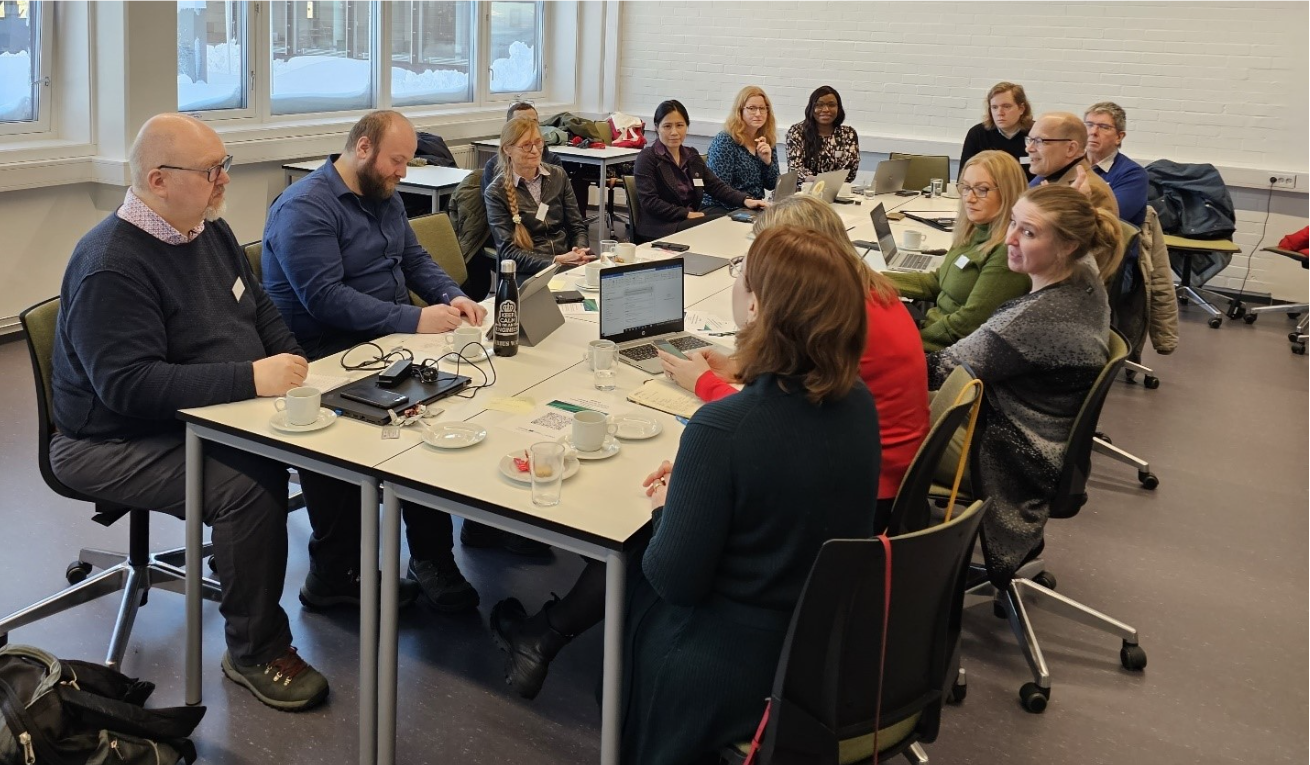
Figure 1 Project members engaged in collaborative discussions during the consortium meeting at UiT Campus Narvik
Following the consortium meeting, Marius Wang conducted a captivating demonstration of VR (Virtual Reality) technology testing at the UiT XR-lab. This session showcased the full version of the virtual planetarium showing the potential applications of VR technology within the context of our project, sparking enthusiasm among participants, and stimulating further exploration of innovative solutions.
In Figure 2 below, participants engage in a demonstration of VR technology testing conducted by Marius Wang.
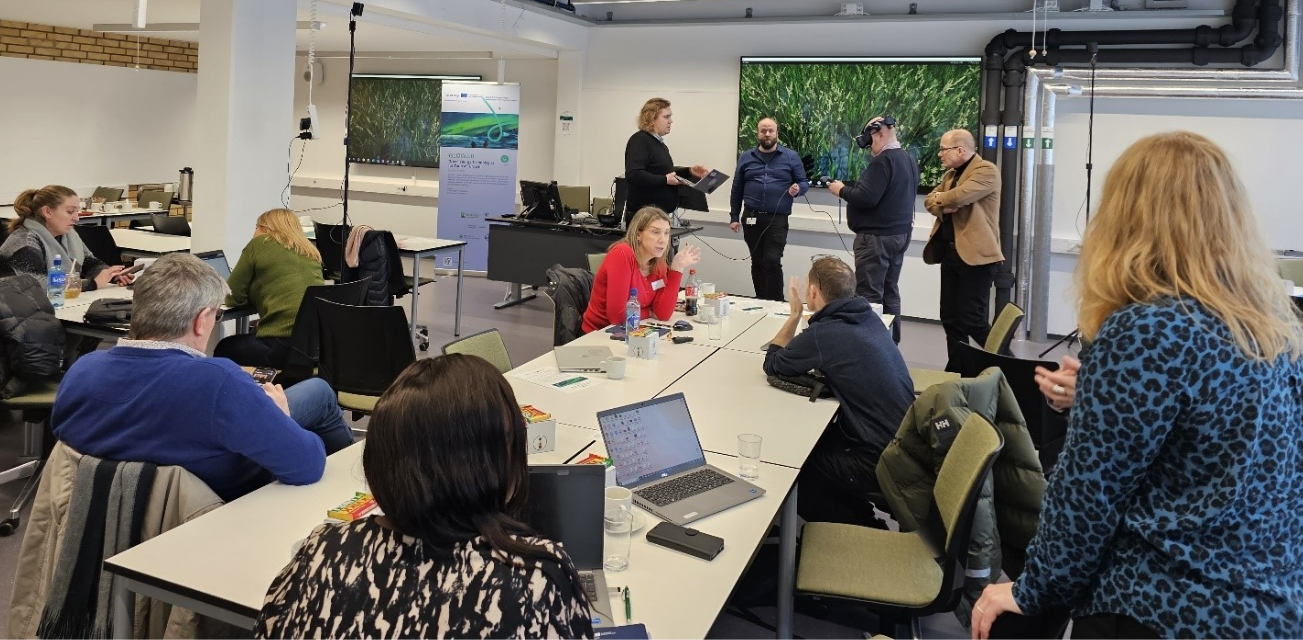
Figure 2 Demonstration of VR technology
The day concluded with a visit to the Narvik War Museum, offering participants a poignant reminder of the region's historical significance. The evening continued with a traditional dinner at Breidablikk, giving a local experience of Arctic Norway’s food and culture and providing a platform for informal discussions and networking opportunities.
Day 2: February 7th
The second day commenced with a seminar for stakeholders, featuring a diverse lineup of speakers who provided valuable insights into Northern Norway's tourism industry. Lars Sigurd Eide, CEO/Head of Economic Development, Narvik municipality, set the tone with a welcoming speech, emphasizing the importance of collaboration and innovation in driving sustainable tourism initiatives.
Subsequent presentations covered a wide spectrum of topics, ranging from Presentations about light pollution and dark skies, tourism trends and challenges, ways to enhance business capacity in dark sky tourism, to technological innovations and their implications for the industry. Presentations included discussions on the impact of VR and planetarium experiences in science tourism, as well as insights into the feasibility of science tourism in Northern Norway.
The presentations have prompted considerable interest and sparked fruitful discussions among stakeholders on technical knowledge, future work, networking, and potential collaboration for sustainable tourism development. Figure 3 below shows an image of team Glow2.0 presenting about “Embracing Dark Sky Tourism in Northern Periphery and Arctic regions”.
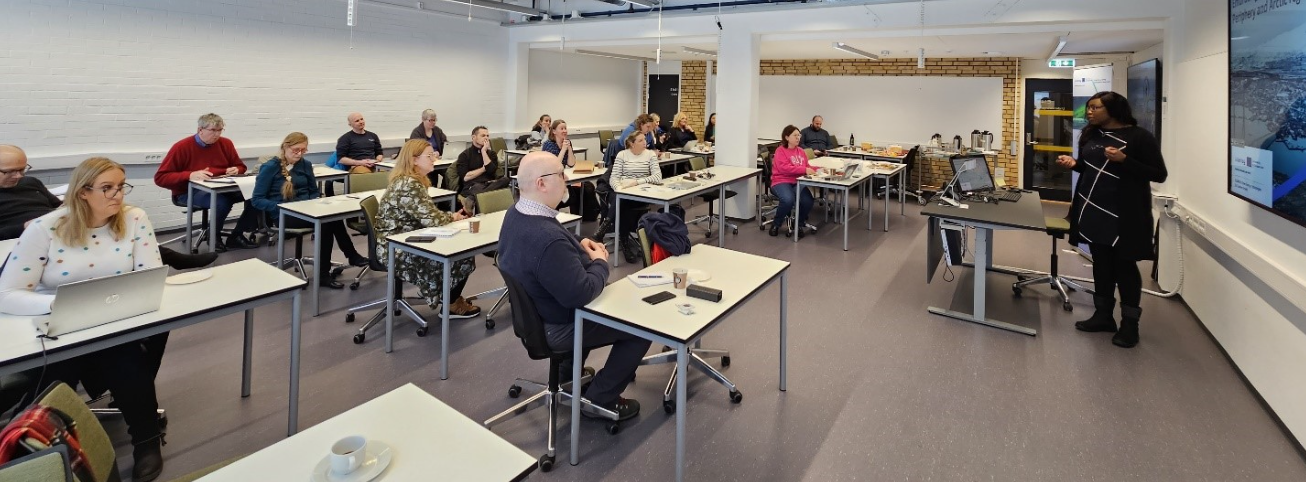
Figure 3 Team GLOW2.0 seminar presentation
The day concluded with a guided tour of Polar Park, providing participants with a firsthand experience of the Arctic wilderness and its unique biodiversity. Additionally, a visit to the UiT XR-lab offered participants insights into cutting-edge technologies, such as 3D environments and virtual reality, underscoring the potential for innovation in tourism development (See figure 4).
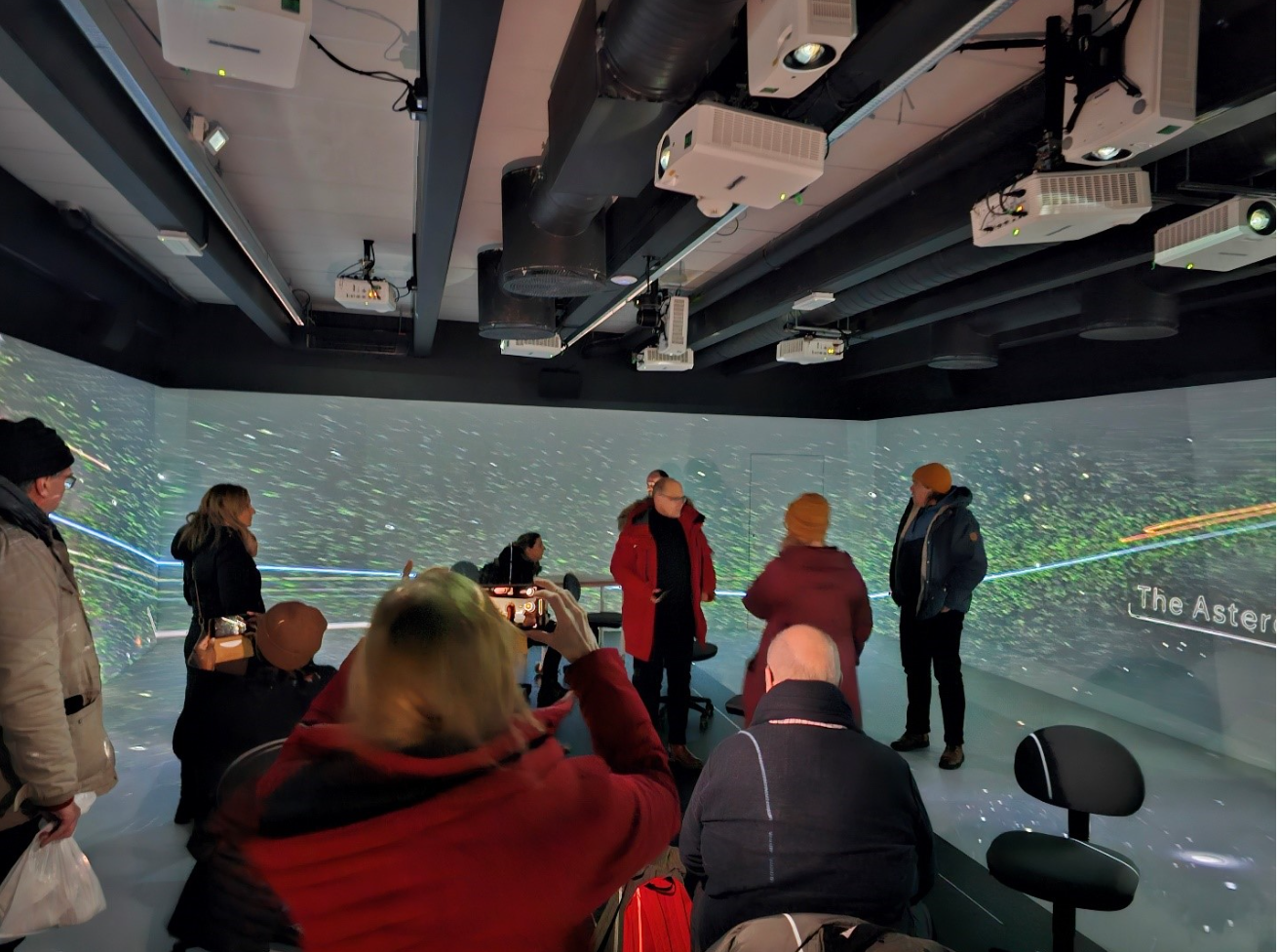
Figure 4 UiT XR-lab Dark sky and space demonstration
Conclusion:
The GLOW 2.0 Project's learning journey and consortium meeting proved to be a valuable platform for knowledge exchange, collaboration, and stakeholder engagement. The event not only facilitated meaningful discussions and insights but also strengthened partnerships and laid the groundwork for future initiatives aimed at promoting sustainable tourism in the Northern Periphery and Arctic regions.
As we reflect on the success of this event, we are happy to see how our collaborative effort is making a significant impact in advancing the objectives of the GLOW 2.0 Project. Moving forward, we remain committed to leveraging the insights gained from this event to drive innovation, foster collaboration, and achieve our shared goals.
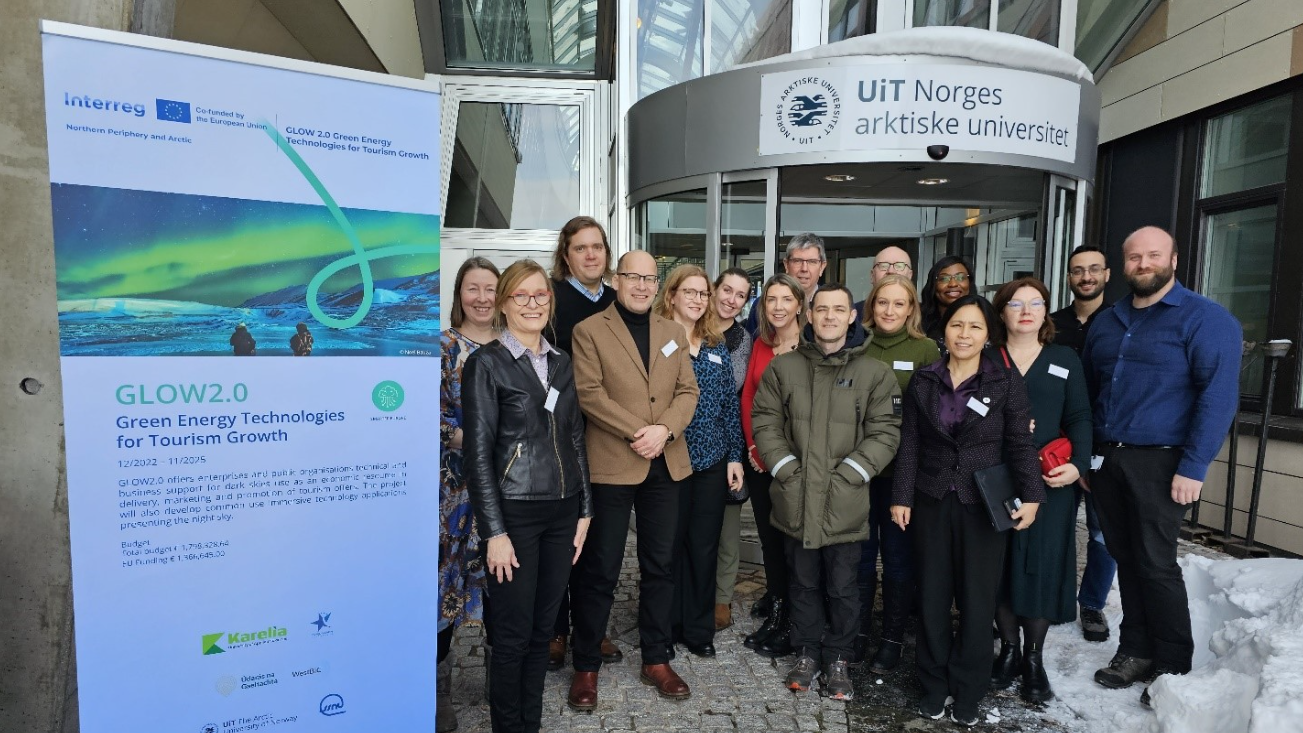
Lenke til denne siden
